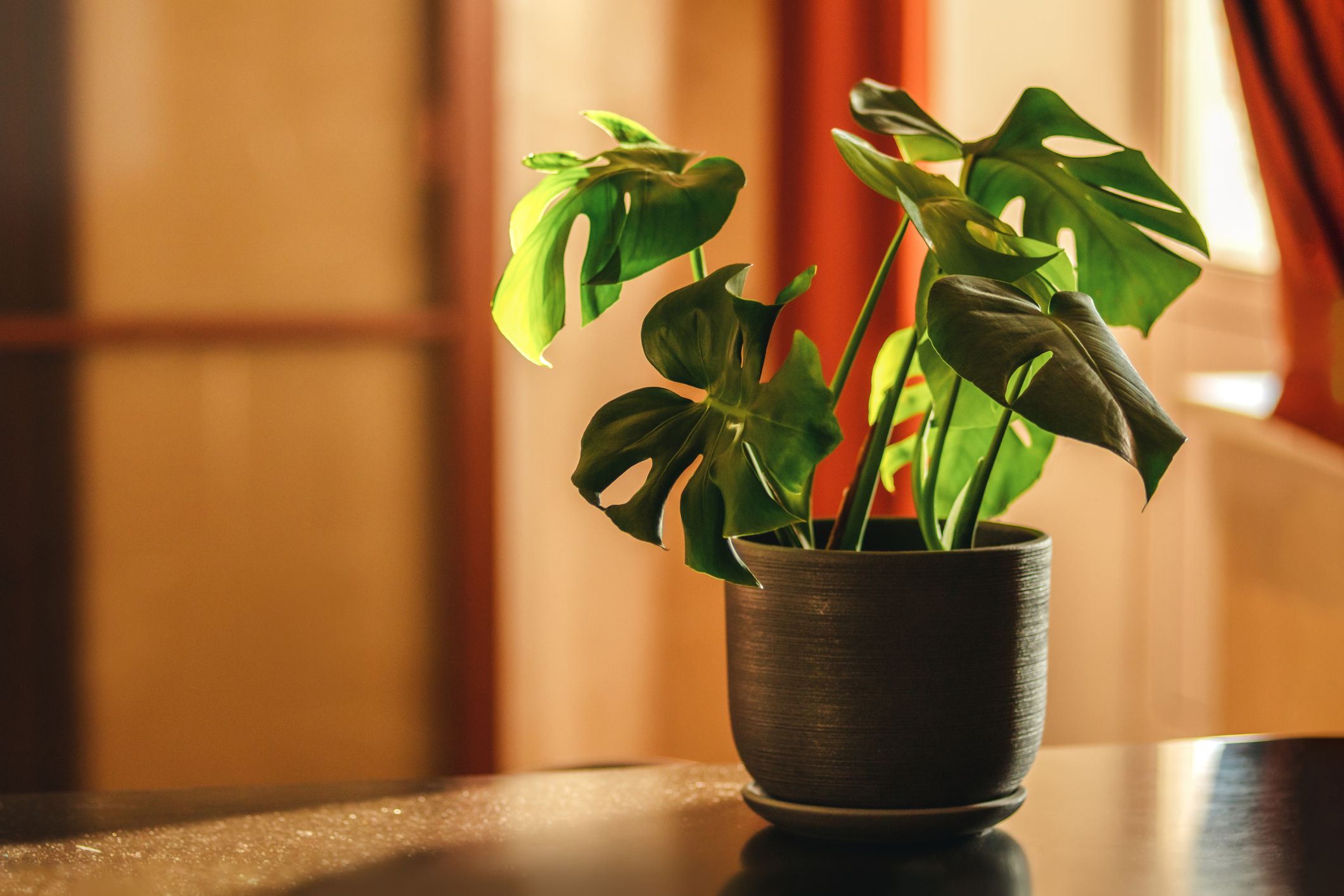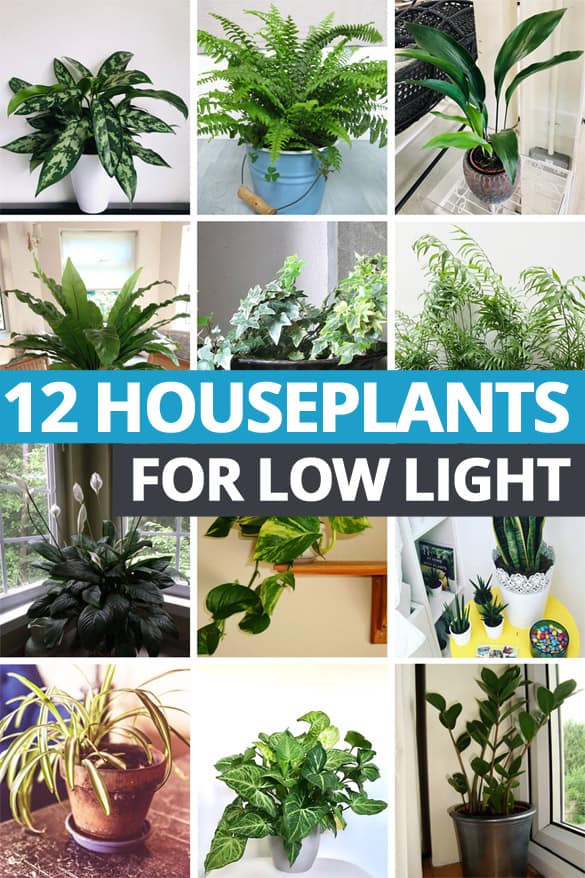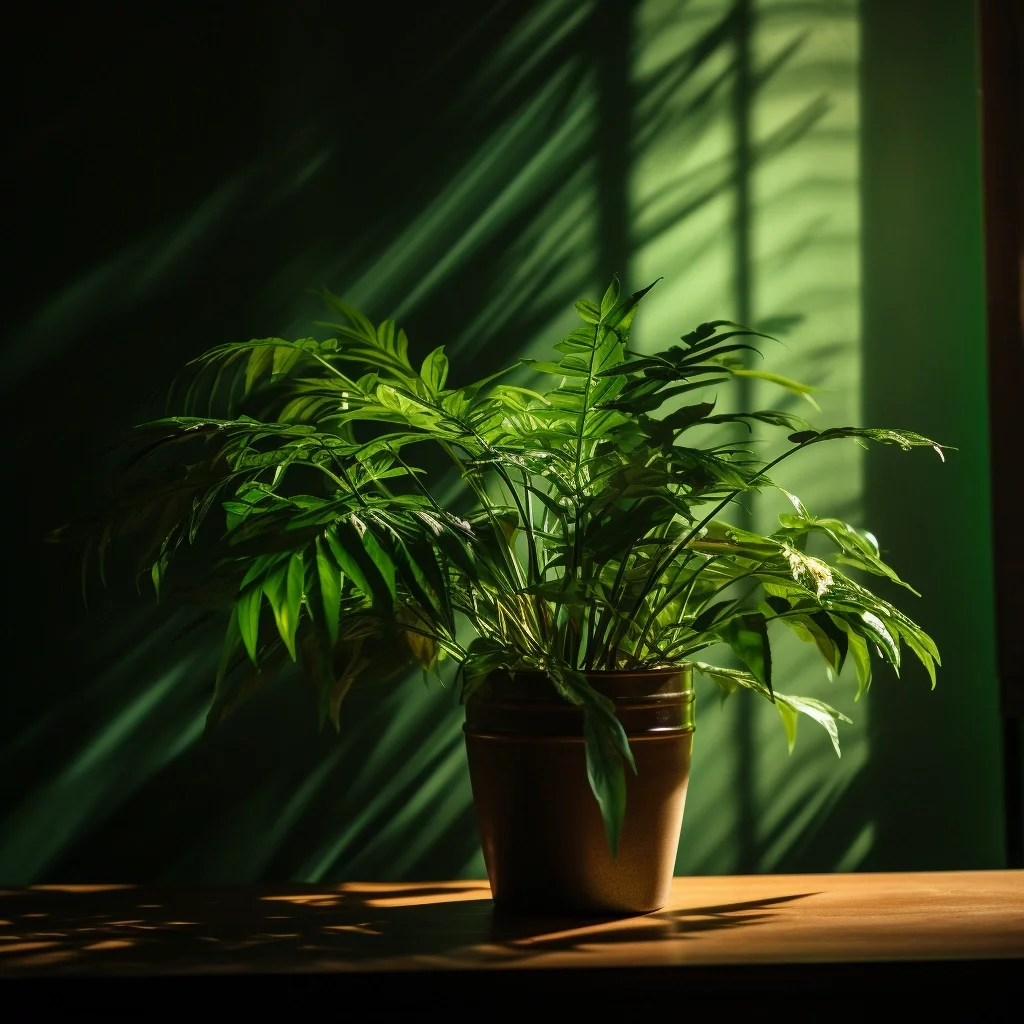Check Out the One-of-a-kind Advantages of Low-Light Indoor Plants for Your Living Room
Incorporating low-light indoor plants right into your home provides a wide range of advantages that expand far past plain aesthetics. These sturdy plants not only grow in environments with restricted sunlight but likewise serve vital functions such as air purification and humidity improvement. Furthermore, they can positively influence your mood and general health while needing very little upkeep. As you take into consideration the transformative possibility of these plants, it comes to be necessary to explore just how their one-of-a-kind attributes can tailor your atmosphere to much better serve your lifestyle. What specific benefits might resonate most with your personal space?
Air Purification Benefits
Low-light indoor plants not just enhance the aesthetic charm of living spaces yet likewise play a significant duty in air purification. Research has actually demonstrated that certain plant varieties can efficiently get rid of typical indoor toxins, consisting of benzene, formaldehyde, and trichloroethylene. These compounds typically rise from home things such as furniture, cleaning items, and building products, contributing to interior air top quality issues.
Plants such as the snake plant, pothos, and tranquility lily are especially proficient at filtering unsafe substances from the air while growing in low-light conditions. The process of phytoremediation, where plants soak up and metabolize toxins, allows these varieties to add considerably to a much healthier interior environment. Furthermore, with photosynthesis, plants launch oxygen, further enhancing air high quality.
Including low-light indoor plants into home or office areas not just gives visual advantages but likewise serves as a functional approach for boosting air quality. By selecting the best species, people can create an environment that advertises health and lowers direct exposure to hazardous toxins, making these plants a vital aspect in contemporary indoor living.

State Of Mind Enhancement Effects
Numerous researches have actually revealed that integrating indoor plants can considerably enhance state of mind and total emotional health. The existence of greenery in interior settings has been linked to reduced anxiety levels, enhanced sensations of peace, and improved psychological wellness. Low-light indoor plants, specifically, grow in atmospheres where natural light is restricted, making them best for various living areas.
Research shows that engaging with plants can stimulate the release of serotonin, a natural chemical related to feelings of joy and wellness. In addition, the act of looking after plants promotes a feeling of obligation and accomplishment, more adding to favorable mental wellness outcomes. Low-light plants such as serpent plants, pothos, and peace lilies have actually been shown to boost air quality, which is fundamentally connected to mood improvement.
Including these plants into your office or home can develop a tranquil ambience, providing a aesthetic and sensory escape from the stress of day-to-day life - Best low-light indoor plants. As people spend boosting quantities of time indoors, the mood-enhancing impacts of low-light interior plants come to be a lot more crucial, giving not only visual appeal but likewise an extensive effect on psychological well-being
Low Maintenance Requirements
For those seeking to improve their indoor areas without a substantial time dedication, low-light interior plants are an optimal option because of their reduced maintenance demands. These durable plants prosper in less-than-ideal lights problems, making them best for homes and workplaces where all-natural sunlight is limited.

Pest resistance is one more benefit of low-light interior plants. Lots of varieties are much less prone to common parasites, minimizing the requirement for constant monitoring and intervention. Furthermore, these plants usually expand much more gradually than their high-light equivalents, meaning much less frequent repotting and trimming are needed.
Aesthetic Appeal and Adaptability

Furthermore, these plants can be arranged in myriad methods, whether in groups for a lush result or as standalone attributes to attract the eye. The options of planter styles-- from streamlined ceramic pots to rustic wood containers-- additionally improve their visual value, allowing homeowners to share their individual style.
Moreover, low-light plants can be purposefully put in areas that might or else feel disregarded, such as edges or dimly lit racks, consequently maximizing their decorative possibility. Eventually, the combination of their striking look and flexibility makes low-light indoor plants a useful addition to any kind of home, creating a welcoming atmosphere that advertises well-being and leisure.
Improved Moisture Levels
Enhancing interior humidity degrees is one of the substantial benefits of integrating low-light interior plants into living rooms. These plants naturally release dampness vapor with a procedure called transpiration, which takes place when water absorbed by the origins relocates through the plant and vaporizes from the fallen leaves. This process not just increases moisture yet also adds to a much healthier indoor setting.
Improved humidity degrees can alleviate different wellness issues, such as dry skin, respiratory system problems, and allergies. Several people experience discomfort in arid interior problems, particularly during winter season when heater remain in usage. By strategically putting low-light plants throughout your home, you can produce an extra well balanced humidity level that promotes general health.
Furthermore, certain low-light interior plants, like tranquility lilies and crawler plants, are especially effective at increasing moisture (Best low-light indoor plants). Therefore, low-light indoor plants offer both functional and visual objectives, promoting a healthier ambience.
Final Thought
In summary, low-light interior plants offer many advantages that contribute to a YOURURL.com healthier and extra inviting living space. Integrating these resistant plants into interior setups not just elevates the atmosphere yet also promotes general wellness, developing a tranquil haven for citizens.
Plants such as the serpent plant, pothos, and tranquility lily are specifically adept at filtering unsafe substances from the air while flourishing in low-light conditions. Low-light plants such as snake plants, pothos, and peace lilies have actually been revealed to enhance air top quality, which is inherently connected to mood enhancement.
Low-light interior plants, such as snake plants, pothos, and ZZ plants, not only enhance the visual landscape of a room but also introduce different structures and shades of eco-friendly that can match diverse interior styles. These plants naturally release wetness vapor through a procedure recognized as transpiration, which takes place when water soaked up by the origins relocates with the plant and evaporates from the leaves.Furthermore, certain low-light indoor plants, like tranquility lilies and spider plants, are particularly effective at increasing moisture.